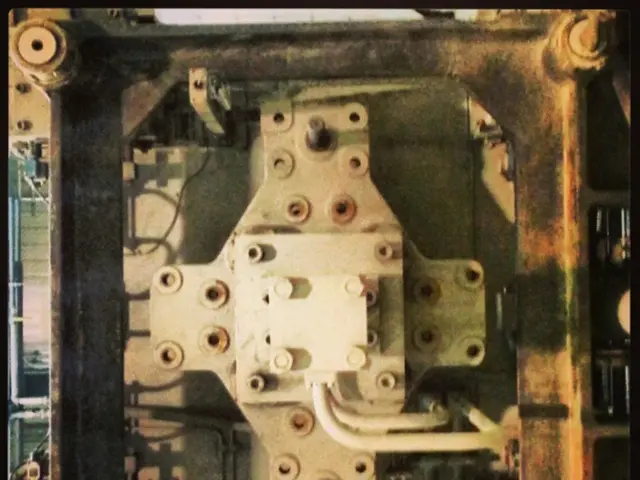New Matrix Aids Crop Selection for Agrivoltaics Projects
Researchers at the Technical University of Ingolstadt have created a pioneering matrix to aid in selecting crops for agrivoltaics projects. This tool, developed by the 'Climate-smart Agrivoltaics' group at the University of Hohenheim, evaluates 12 key plant species based on their response to shading, microclimate changes, water demand, shade tolerance, and space requirements.
The matrix, built upon data from 117 global research studies, considers the suitability of crops in various solar resource zones, using global horizontal solar irradiance (GHI) as a determinant. It suggests that herbs, grasses, and legumes thrive in water-scarce, arid, and semi-arid regions, while crops like berries, fruit trees, and vegetables benefit from the microclimates created under solar modules, offering higher yields per unit area.
Conversely, crops such as cereals, fiber plants, and oilseeds require more space and are less suited to large shaded areas. The matrix's potential can be further enhanced by incorporating real case studies, empirical field data, and stakeholder contributions in future research.
The matrix developed by the 'Climate-smart Agrivoltaics' group is a significant step towards optimizing crop selection in agrivoltaics projects. It offers a data-driven approach to enhance the sustainability and productivity of small agricultural communities and decentralized renewable energy projects.








